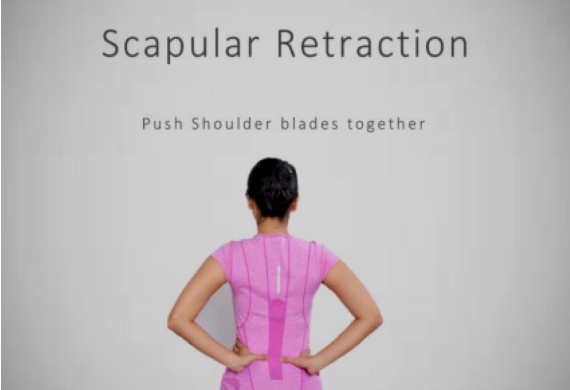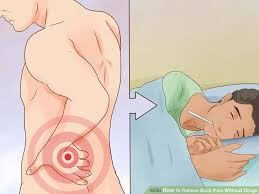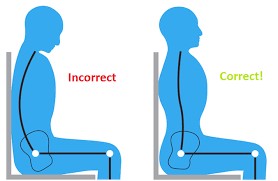Request Appointment
Enter your details and we will be in touch with you shortly;
Or call
8655885566
between 8 am and 8 pm.


Lower back pain (LBP) is a very common condition. Certain basic guidelines that you can follow as a remedial measure are described below:
a. Cold application is beneficial especially in acute cases (first 48-72 hours post injury). It helps in reducing swelling and inflammation. Icing also brings about numbing effect which helps to control pain.
b. Heat application is beneficial in increasing blood flow and thus in promoting healing. Hence it is generally used in the sub-acute to chronic stages of injury. Care should be taken to ensure that a low level heat is given to avoid any burns or injuries from the excessive heat.
Usually after an episode of lower back pain, one develops fear and avoids certain/many activities limiting their quality of life. Such a fear-avoidance behaviour in the long run results in the back pain to get chronic and debilitating. Additionally, secondary pains can develop due to lack of mobility. Hence it is very important to gradually return to some level of activity once your pain settles. A physical therapist can assist you in return to function activities to alleviate your fears.
This is paramount in cases of a serious or life threatening condition such as:
a. Loss of bowel bladder control b. Extreme numbness in all 4 limbs, or both feet c. Paraesthesia (altered sensation) d. Fever e. Where trauma is involved f. History of cancer, sudden weight lossIn these situations, the patient needs immediate medical attention.

Research has found that chronic lower back pain individuals usually suffer from impaired sleep. It includes:
a. Reduced sleep time and the quality of sleep b. Increase in the time taken to fall asleep c. Overall poor day time function d. Increased sleep dissatisfaction and distressParadoxically, inadequate sleep is found to increase your level of pain. If you are one of such individuals it is very important to address your sleep issue by consulting a specialist.
In a chronic lower back pain patient, certain behavioral or coping strategies are developed by the individual which themselves can pose a hurdle to recover from lower back pain. CBT promotes healthy coping strategies in such individuals and can be used as an adjunct to physical therapy.
Core muscles serve as a muscular corset to stabilize our spine irrespective of whether there is any limb movement involved or not. The term “Core strengthening” is quite misleading. The exercises are aimed more towards facilitation or motor relearning of the inhibited muscles. The term “neutral spine” has often been used in this regard which is a position of power and balance of the spine. In spite of its growing trend, there is need for more research in this regard, to determine its clinical outcomes in lower back pain patients.
Research links excessive smoking and alcohol intake to lower back pain. Being overweight puts additional stresses on back contributing to lower back pain. A healthy diet is essential to ensure one gets all the nutrients.
Taking care of your posture is essential to avoid any unwanted stress on your spine, thus avoiding additional pain. Have your office or home assessed to determine whether it is ergonomically designed for you.

It is important that one takes an informed decision to determine the best remedial option that might suit themselves for the treatment of lower back pain. Since a previous episode of lower back pain is one of the risk factors for a future episode, one must continue with healthy lifestyle and exercises even after they are pain free.
Visit www.qispine.com to know more.Visit our nearest clinic for your first consultation